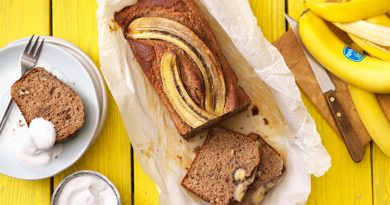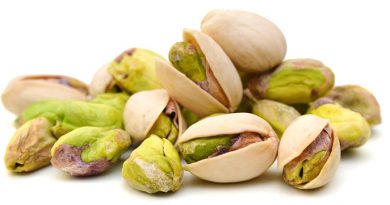How to Build Better, Stronger Bones in Kids
It’s been ingrained in our heads since we were little: building strong bones is important. The problem is that these days many children aren’t getting the daily recommended diet and exercise needed to do so. And, with technology use at an all-time high, children are spending less time playing outdoors, which increases the risk of obesity.
Today, approximately 32 percent of American children and adolescents ages 2 to 19 are considered overweight or obese. The American Academy of Orthopaedic Surgeons (AAOS) wants to help empower families to get up, get out and get moving to ensure optimal bone growth and reduce the risk of osteoporosis and other diseases later in life.
“Building your child’s bone bank is like a college savings plan: the earlier you start investing, the better,” says AAOS spokesperson Dr. Jennifer Weiss, a pediatric orthopaedic surgeon at Kaiser Permanente in Los Angeles. “Parents should ensure that kids are getting adequate calcium to keep their bones strong as well as appropriate levels of vitamins D and C to allow the body to absorb the calcium.”
So what’s a parent to do? The following tips from the AAOS will help get your kids (and you) moving while building better, stronger bones:
1.Move it: Make physical activity a part of a child’s schedule for at least 30 to 60 minutes per day. Make it fun. With fall weather coming in, walking around the block to see the colors, throwing a football in the yard, or riding a bike is a perfect way to engage with your kids and still get in some exercise. Bonus? Being outside gets you and the kids some much-needed vitamin D, which also helps build strong bones.
2. Watch what you eat.:Life is busy. Which makes on-the-run snacks and meals an easy fix for harried parents. Unfortunately, most of this kind of food does not have the nutrients to ensure good bone health. Adolescents should consume a healthy diet with calcium to maintain strong bones and lower the risk of excessive weight gain.
3.Lift things up, and put them down: Studies show that strength training is key to healthy bones. During resistance training, muscles have to work harder and, over time, become stronger. Although resistance exercises focus on increasing muscle mass, they also put stress on bones and have bone-building capacity.
4.Set limits: It’s understandable that kids’ whims change with the seasons, as do the number of teams they want to play on. However, try to limit the number of teams a child plays on in one season to avoid overuse injuries. In addition, if your child tells you that something hurts, discourage him or her from playing through the pain.
For more information, visit orthoinfo.org.









